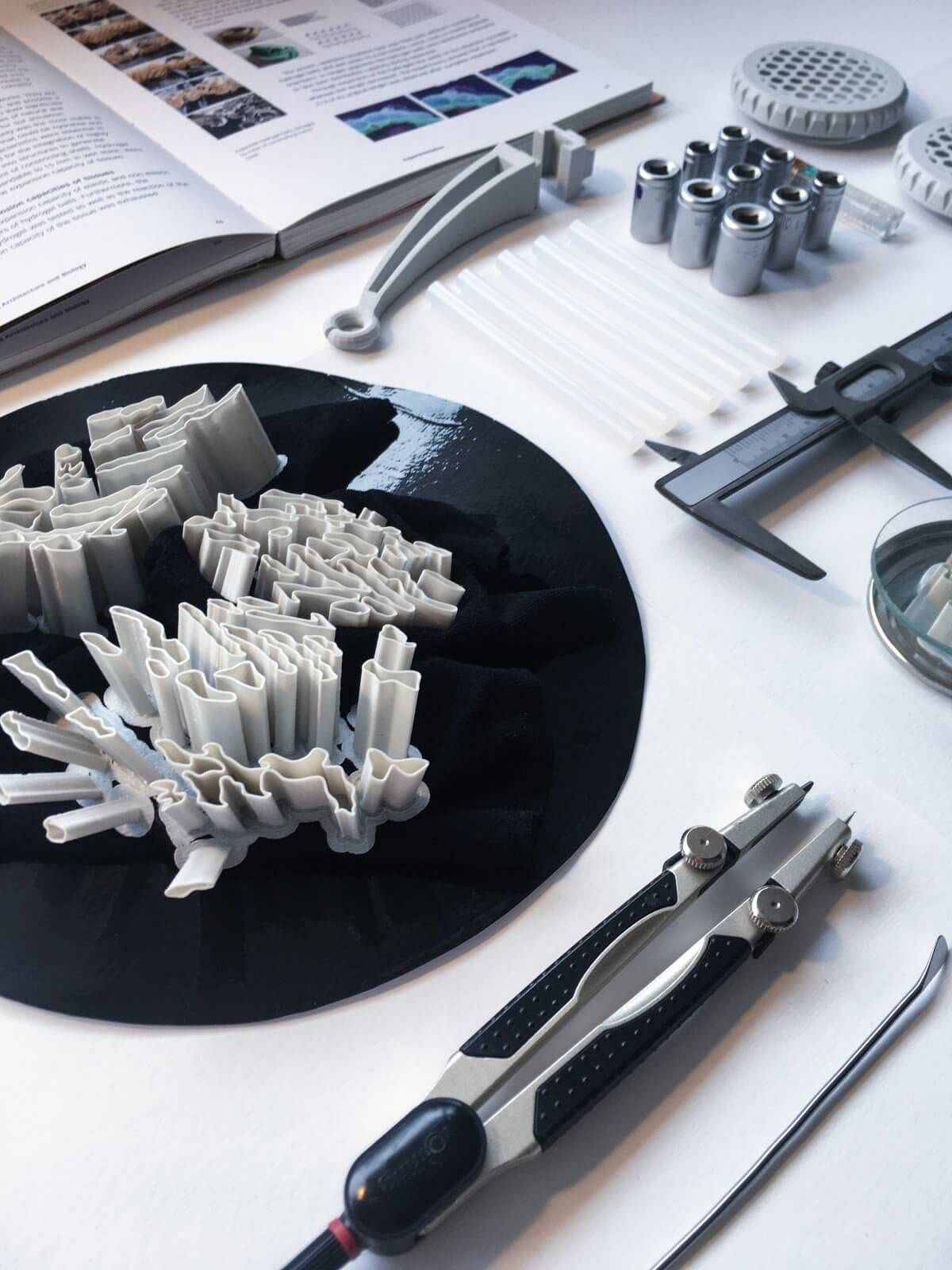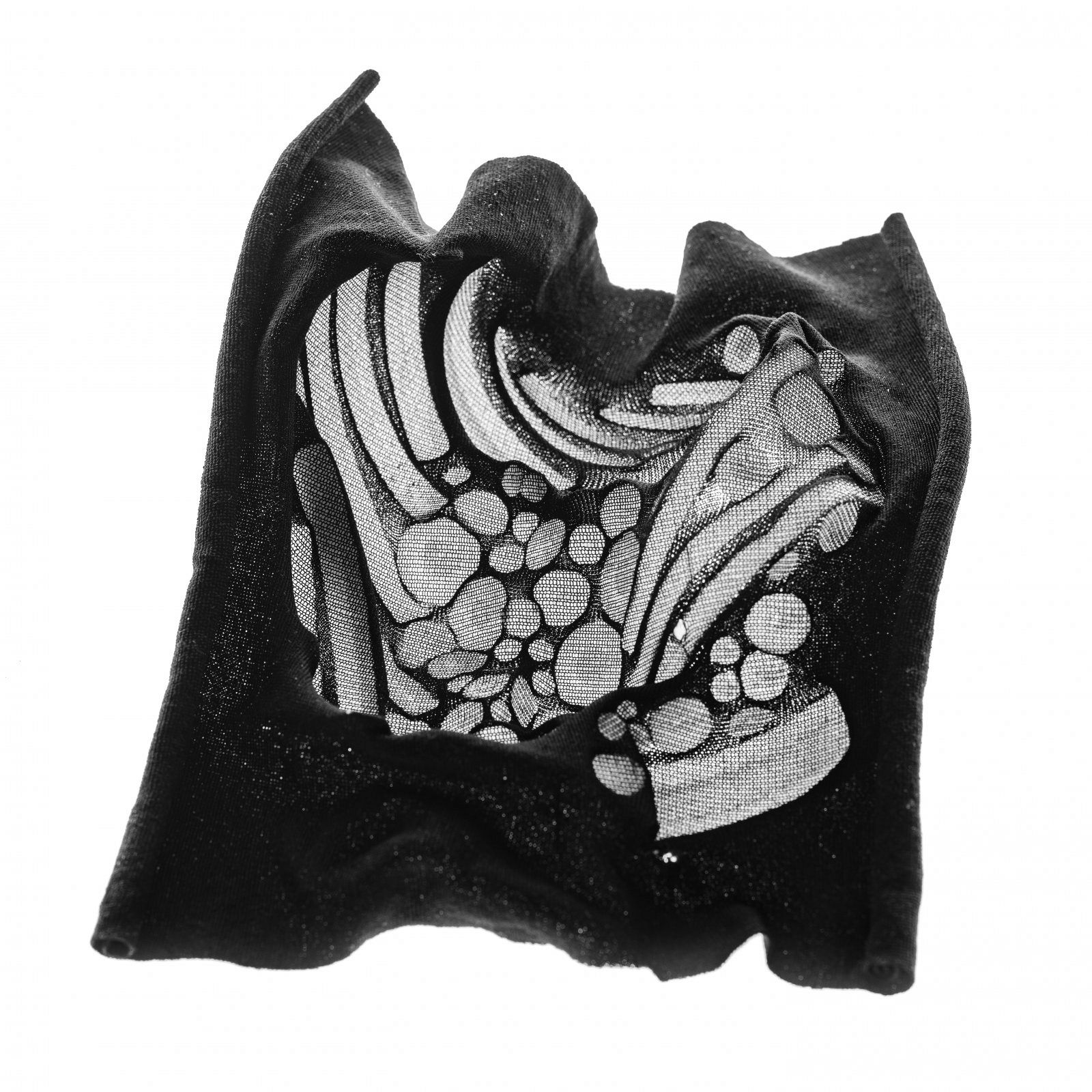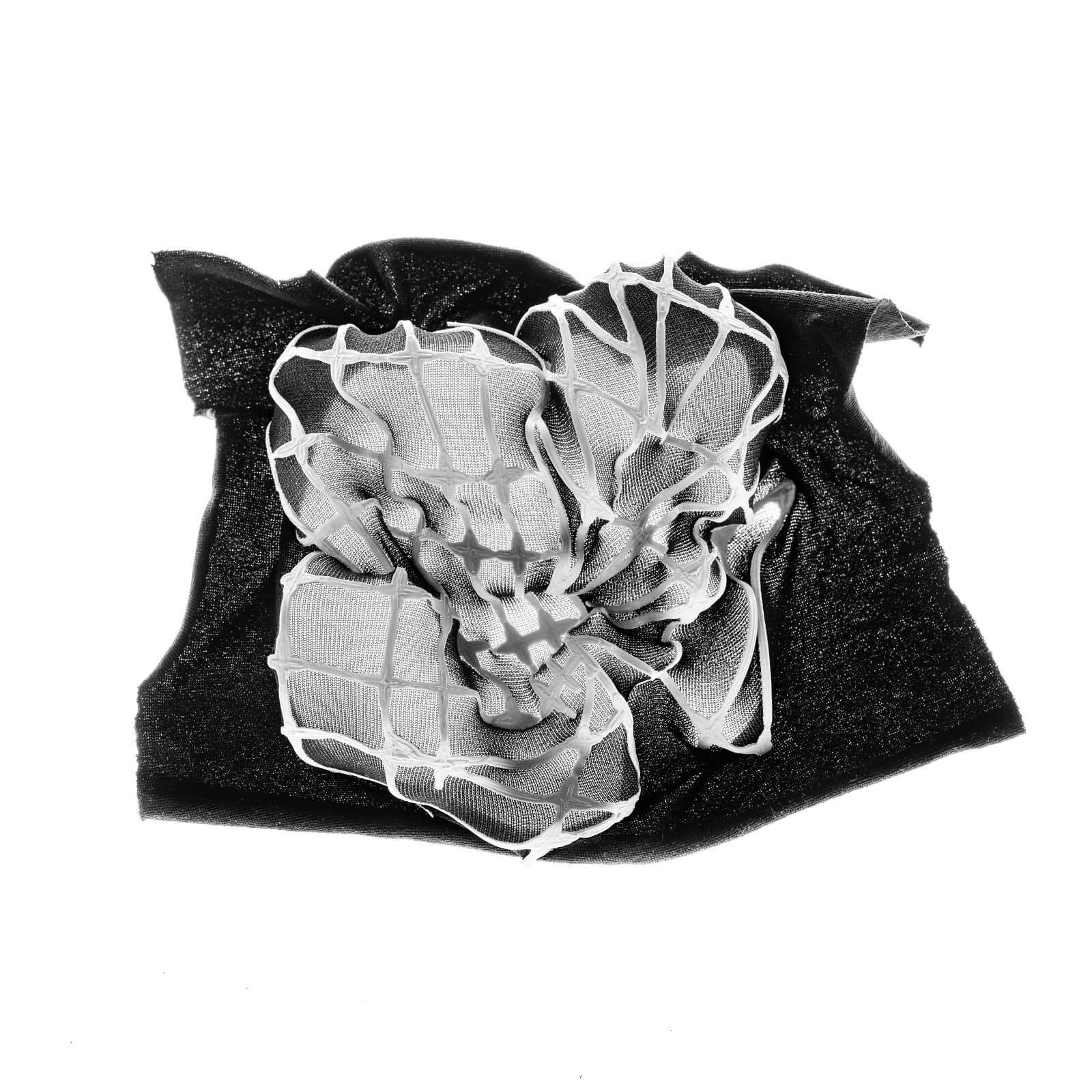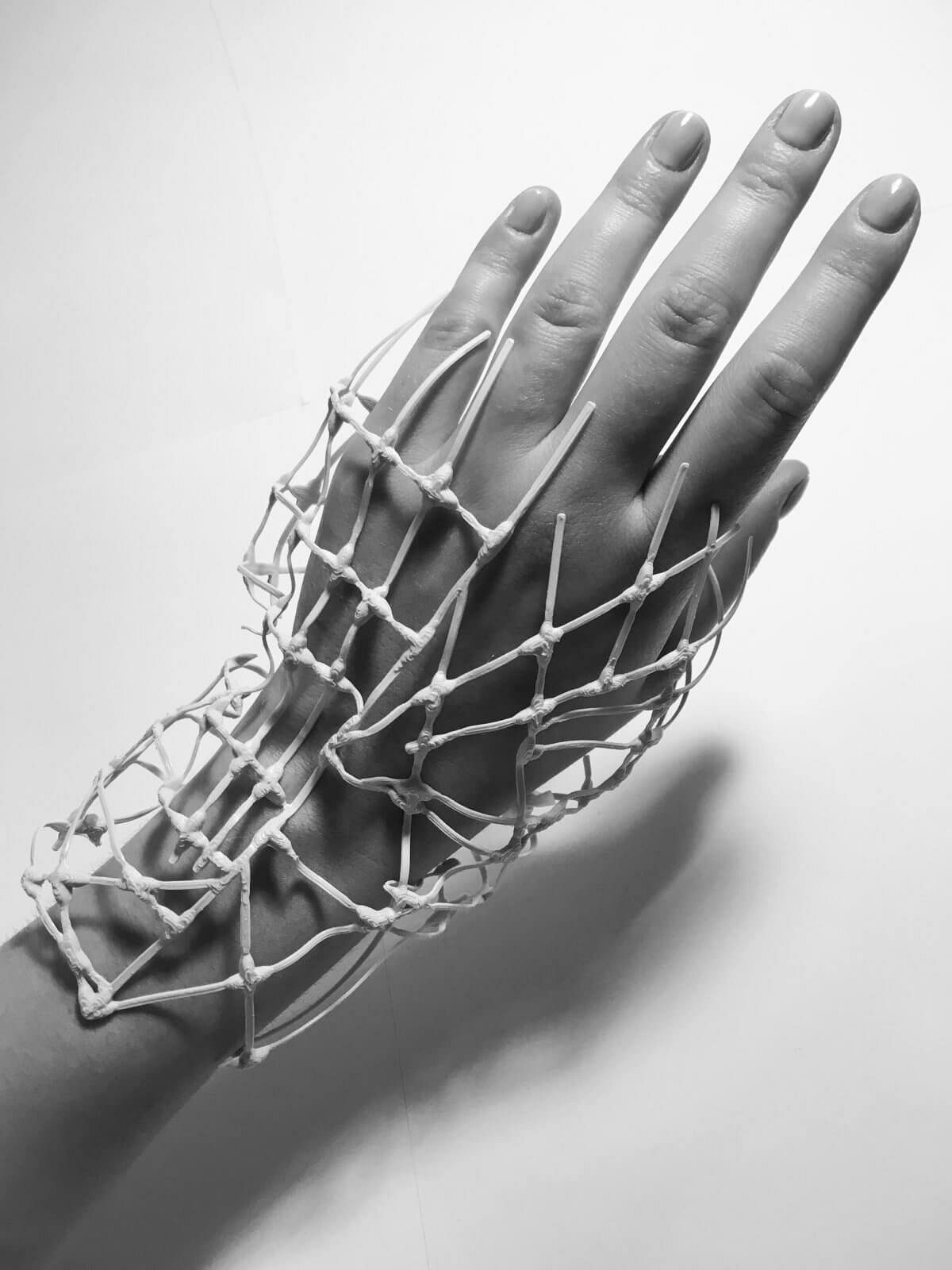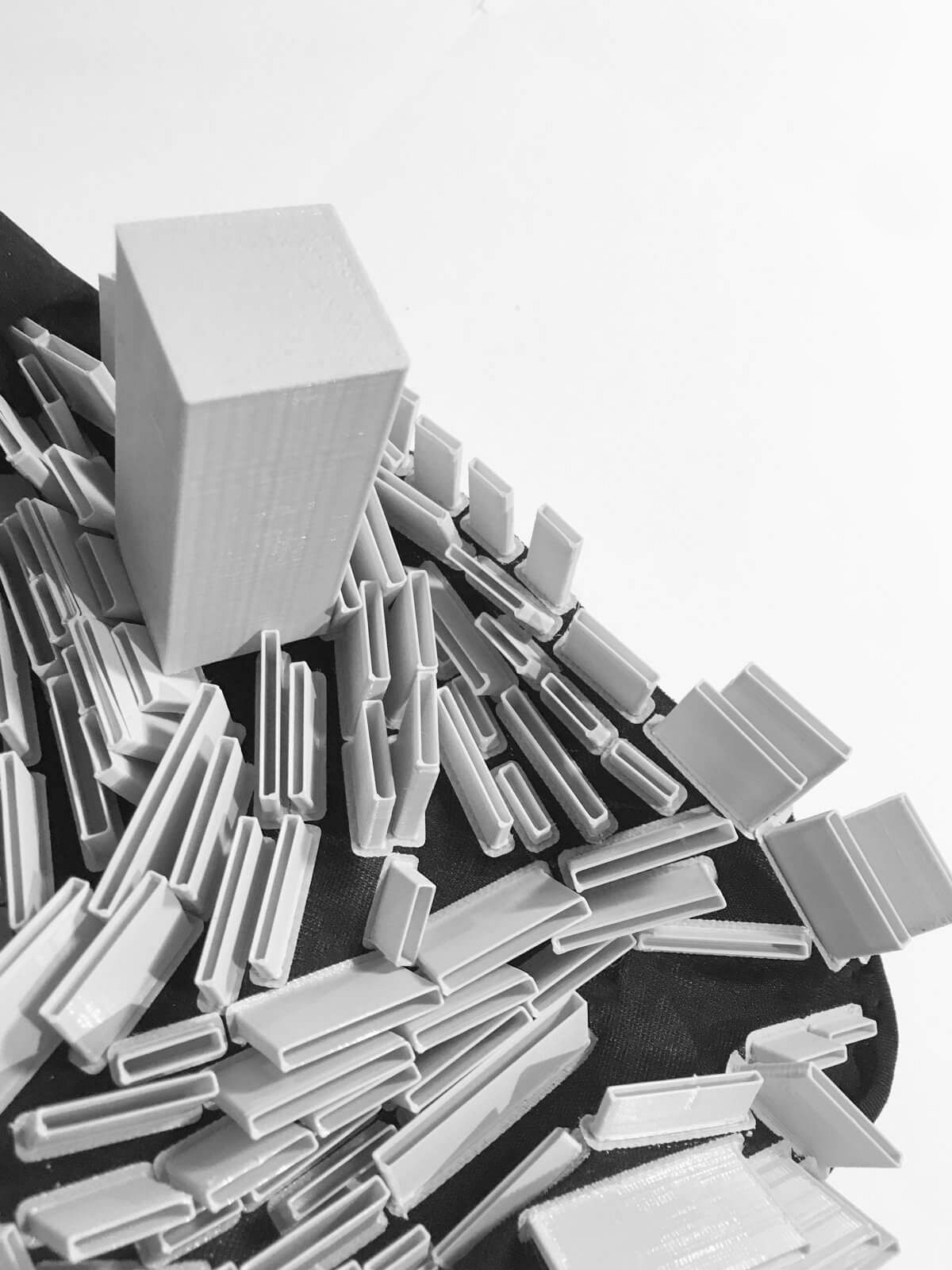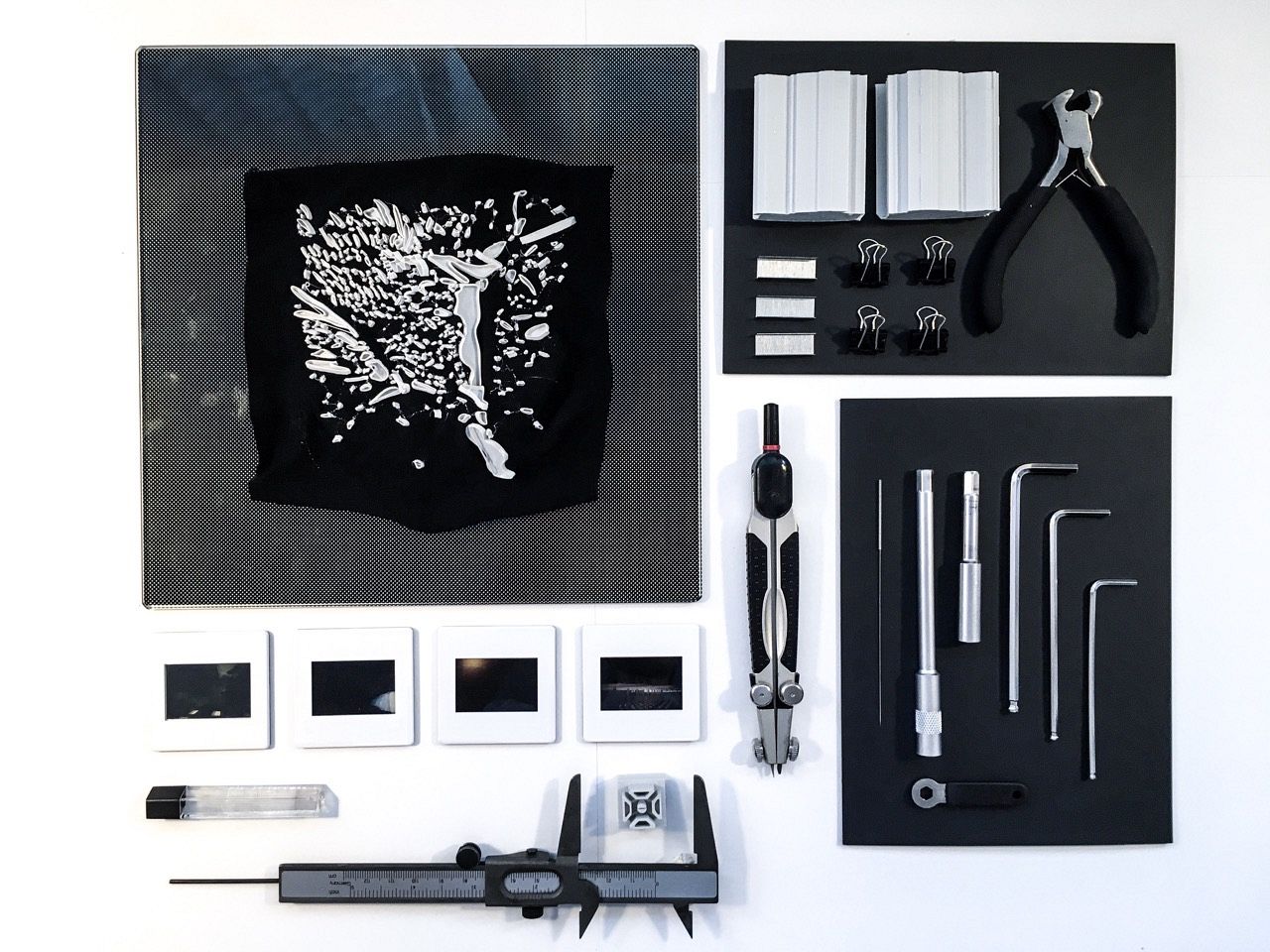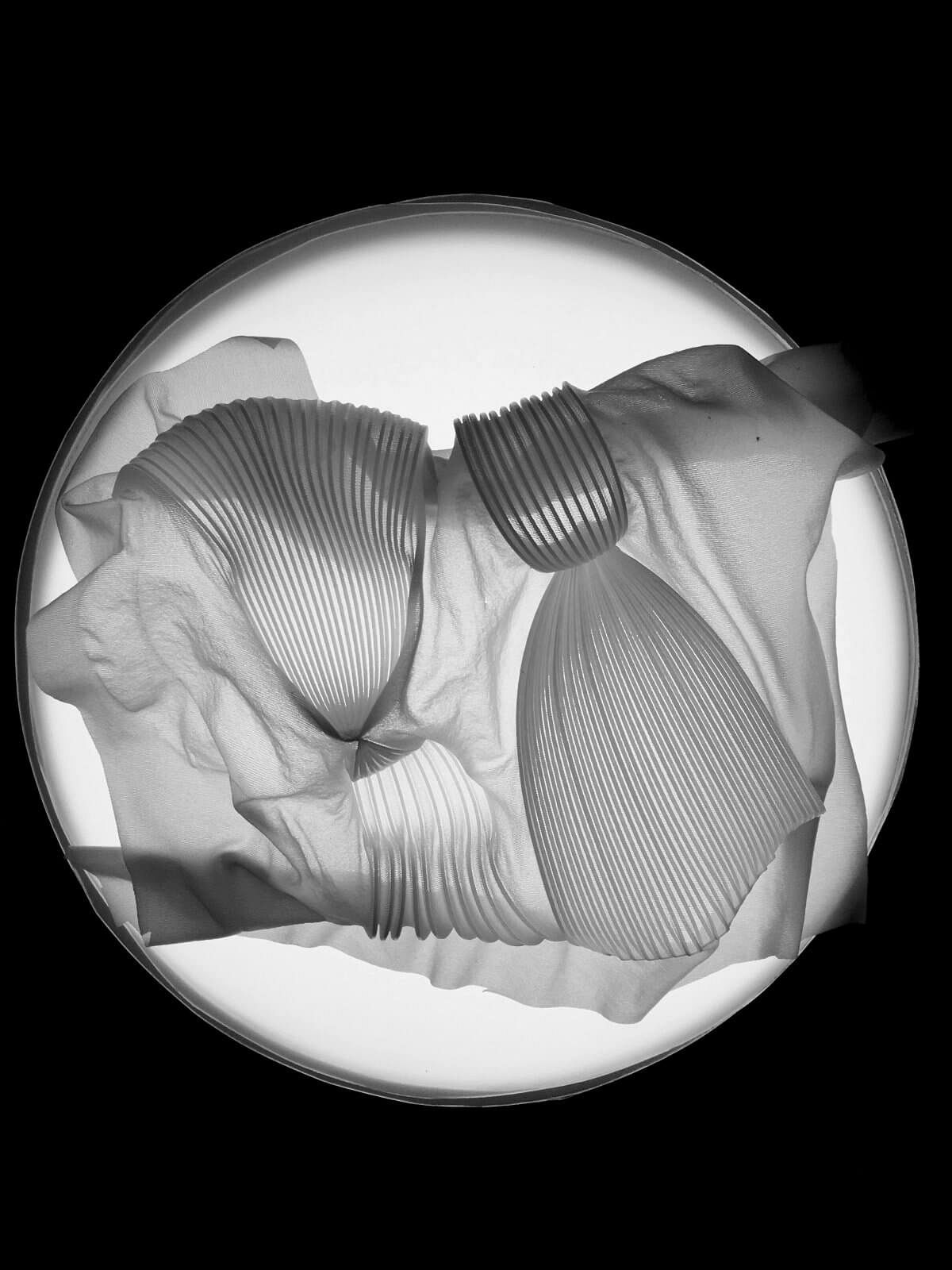
Lilla Eördögh
Internship: Phygital Studio
lillaeordogh.com/
www.instagram.com/lilla.eordogh/
lilla.eordogh@gmail.com
My work is focusing on the immediate surroundings of the body. It involves interaction with objects by subtly changing human behaviour through design. I am most interested in things I do not know the outcome of, thus my projects involve a lot of experimenting rather than focusing on a definite final object, the process and research becomes the project. I would like to use techniques that mix nature and technology, creating hybrid structures from synthetic and organic materials that provide a completely new way of designing. I want to use the technological advancements that became available in the past years to make a project because I think there are a lot of potential in them apart from the conventional ways. I was always fascinated by the assembly vs. growth argument and computational design and 3D modelling are the best way to show the properties of that, in the context of how humans can evolve in the middle of all these possibilities.
GRADUATION PROJECT
Evolutionally our hands were made to hold tools. They are a living artifact that represents the deep roots of how design shaped our bodies. Humans were always bound to innovation as design skills were a natural selection factor - like the shaping of the countless ancient stone tools from the neolithic era. Darwin referred to these objects as artificial ornaments as they might have been as much about their ornamental beauty as about their defined function, thus reinforcing the idea that: «HUMAN TOOLS ARE ABLE TO PERMANENTLY RESHAPE THE HUMAN BODY, BUT DO NOT NECESSARILY EVOLVE UNDER FUNCTIONAL AND ENVIRONMENTAL DEMANDS.»
This project explores evolving topographic textures that are permutations of patches of skin observed on my own hands. What if one could choose how to evolve one’s most outer barrier to the world depending on not just aesthetics but also function? The abundance of elastic fibres in the dermis of the human skin makes it uniquely equipped to cover and protect our bodies from external factors. The seamless structure of firm and flexible textures and the iteration of its 10 trillion cells per human gives the skin ability to provide different qualities throughout our bodies as one unbroken entity. In my project, I evolve the shapes that are the base of this exploration by the impact they make in relation to the surface of stretched fabric and analyse the effect they have on each other to try to find diverse ways of applications.
The approach of my project is to shine light on the way of creation that poses the development and process as the desired product itself and shows that creating a new technique to a problem is just as valuable the physical outcome that is born out of it. Thinking in these terms allows the designer to think ahead and seek solutions to the not-yet problems. The final result is a database of shape research that will be categorised by their behaviour towards each other. By cataloging everything as I go, I can dissect my project to show the process of creation. All of my objects have a place in a grid structure, exhibited like creatures growing in a lab, also making sure that the 3D printer is also represented as it is just as much an integral part of my project as are the things it produces.
To see the full project catalogue, please visit my website, and feel free to contact me if you would like to know more about my work.
(Photos and video by: Marco Verhoogt)

